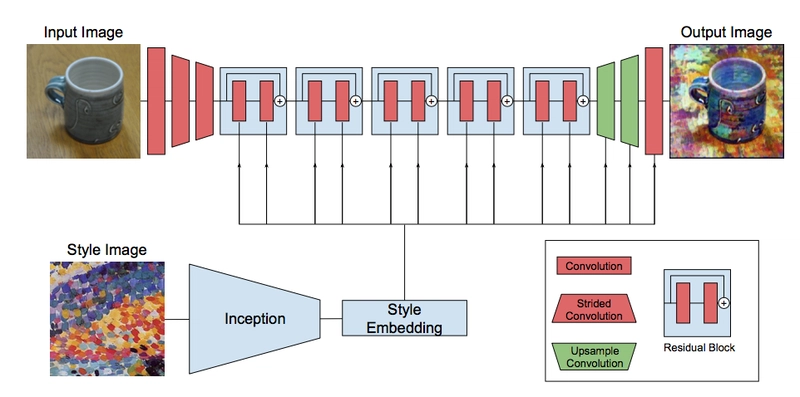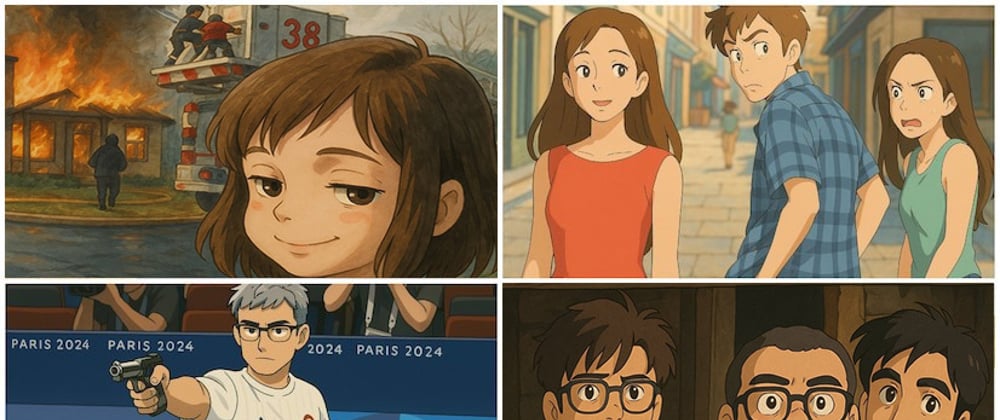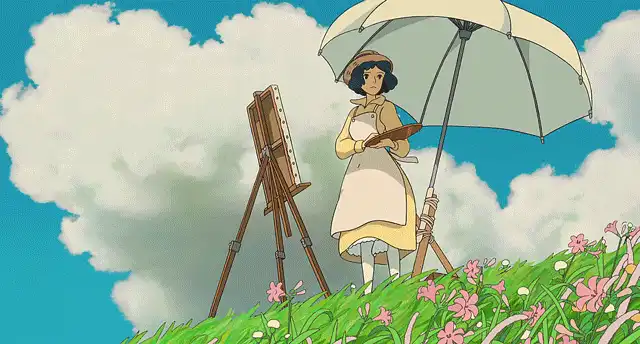How AI is Bringing Studio Ghibli Magic to Everyone's Photos
Social media has been captivated by a wave of Studio Ghibli-inspired artwork lately, as OpenAI's GPT-4o model allows users to transform everyday photos into magical scenes reminiscent of Hayao Miyazaki's beloved films. This blend of cutting-edge AI and nostalgic animation aesthetics has created one of the most wholesome viral trends in recent memory.
Understanding the Ghibli Aesthetic
Studio Ghibli, established in 1985 by Hayao Miyazaki, Isao Takahata, and Toshio Suzuki, revolutionized animation with its distinctive visual style. What makes Ghibli's artwork immediately recognizable?
- Soft, watercolor-like backgrounds
- Muted, pastel color palettes
- Meticulous attention to small details
- Expressive character designs
- Thin, precise linework
Films such as "Spirited Away," "My Neighbor Totoro," and "Howl's Moving Castle" have enchanted audiences worldwide with this unique artistic approach. Now, AI tools have made it possible for anyone to apply this cherished aesthetic to their own images.
The AI Technology Making It Possible
OpenAI's GPT-4o model employs several sophisticated technologies to generate these Ghibli-style images:
Machine Learning Foundations
The model has been trained on vast collections of artwork, learning to recognize patterns in color, composition, and style. This training enables it to understand what makes Studio Ghibli's art distinctive and reproduce those elements in new creations.
Neural Network Architecture
Three key neural network types power this artistic transformation:
Generative Adversarial Networks (GANs): These consist of two competing neural networks—a generator creating images and a discriminator evaluating them—working together to produce increasingly convincing artwork.

Convolutional Neural Networks (CNNs): These networks excel at identifying visual features and patterns, allowing the AI to recognize objects in images and apply appropriate stylistic elements.

Neural Style Transfer: This technique enables the AI to separate content from style, applying Ghibli's artistic sensibilities to new subject matter while maintaining recognizable forms.

Natural Language Processing
GPT-4o's ability to interpret detailed text prompts is crucial to its success. When users request "a forest scene at sunset with magical creatures in Studio Ghibli style," the model must understand both the content requirements and the specific artistic reference.
Creating Your Own Ghibli-Style Art
The process of generating Ghibli-inspired artwork is remarkably straightforward:
Craft a detailed prompt: Specificity helps—mention colors, mood, composition, and explicitly reference Studio Ghibli's style.
Submit to GPT-4o: The AI processes your request, interpreting your text instructions through its natural language understanding capabilities.
Receive your artwork: Within seconds, the model generates a high-resolution image that captures both your requested content and the distinctive Ghibli aesthetic.
This accessibility has democratized artistic creation, allowing anyone—regardless of artistic skill—to produce enchanting imagery.
Why This Trend Has Captured Our Imagination
Several factors explain why AI-generated Ghibli art has resonated so deeply:
Emotional Connection
Studio Ghibli's films evoke powerful nostalgia for many viewers. Seeing personal photos transformed into this familiar style creates an emotional bridge between cherished memories and beloved fictional worlds.
Democratized Creativity
The user-friendly interface of OpenAI's tools removes technical barriers to artistic expression. Anyone with access can participate in the creative process without specialized training.
Perfect for Sharing
The visually striking nature of these transformations makes them ideal for social media sharing. Platforms like Instagram, X (formerly Twitter), and Reddit have amplified the trend through hashtags like #GhibliAI and #AIGhibliArt.
Beyond the Trend: Practical Applications
While social media sharing dominates current usage, AI-generated Ghibli art has broader potential:
Commercial applications: Brands are already incorporating this aesthetic into marketing campaigns to create emotional connections with customers.
Educational tools: Teachers can use these visual transformations to engage students in discussions about art history, animation techniques, and cultural influences.
Personal keepsakes: Many users are creating personalized gifts by transforming family photos into magical Ghibli-inspired scenes.
Ethical Considerations
Despite its popularity, AI-generated art raises important questions:
Attribution and Compensation
The training data for these models includes works by human artists who may not receive credit or compensation when their styles are reproduced.
Artistic Authenticity
Some question whether AI-generated works qualify as "art" in the traditional sense, as they lack the human intention and emotion that typically define artistic expression.
Intellectual Property
Current copyright frameworks struggle to address AI-generated content. The U.S. Copyright Office has ruled that AI-generated artwork cannot be copyrighted, creating uncertainty around ownership and usage rights.
Looking Forward
The viral success of Ghibli-style AI art points to exciting possibilities for the future of digital creativity:
More sophisticated AI models will likely enable even more precise style emulation and creative control.
We may see new collaborative workflows emerge between human artists and AI tools.
Regulatory frameworks will evolve to address the unique challenges posed by generative AI art.
Conclusion
The phenomenon of AI-generated Studio Ghibli art represents a fascinating convergence of nostalgia, technological innovation, and democratized creativity. By making the distinctive aesthetic of one of animation's most revered studios accessible to everyone, OpenAI's GPT-4o has sparked joy across social media while demonstrating the transformative potential of generative AI.
Whether you're creating whimsical portraits of your pets or reimagining family photos with a touch of Miyazaki magic, this trend highlights how AI can expand our creative horizons while connecting us to beloved artistic traditions.


